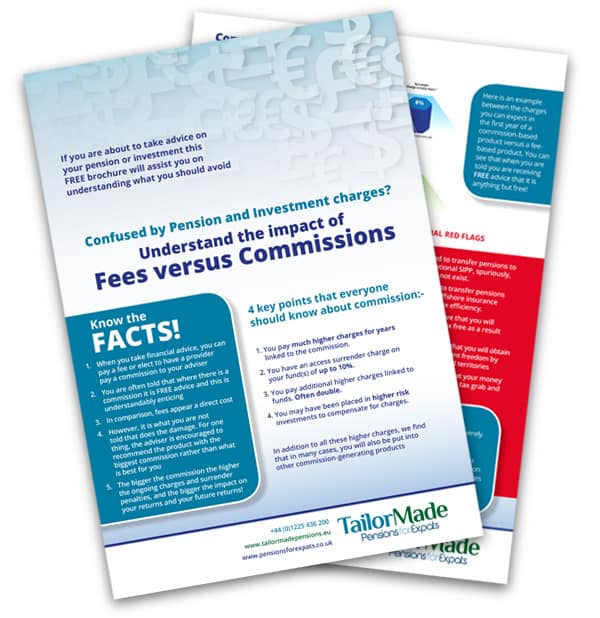 The cash-stuffing budgeting method has recently resurged in popularity, particularly among the younger TikTok consumers who spend more time online than ever before.
The cash-stuffing budgeting method has recently resurged in popularity, particularly among the younger TikTok consumers who spend more time online than ever before.
It entails using cash instead of credit cards to pay for things and keeping track of your budget using some old-fashioned stationery.
The method involves storing a predetermined amount of cash at home in a safe place organized in colorful marked envelopes for tracking everything from normal everyday expenses to cash on hand for unexpected expenses.
The practice is particularly useful if you prefer to pay with cash, or for those who have difficulty controlling their spending habits.
What is Cash-Stuffing for Budgeting Purposes?
When creating a budget for your spending, the cash-stuffing budgeting method involves setting aside a specific amount of cash each week or month to be used for every typical monthly expense as well as unexpected emergencies.
The amount of cash that is set aside is based on your budget and financial needs.
The most popular method “du jour” involves using different envelopes at home to store cash in order to more easily keep track of spending and saving.
The idea behind cash-stuffing is simple: instead of using a traditional bank account to manage your finances, you divide your money into several smaller envelopes labeled with the purpose of the money inside.
Colors and Labels Make it More Fun
You might have an envelope labeled “groceries” in green, one labeled “rent” in red, one labeled “utilities” in yellow, one labeled “entertainment” in blue, and so on.
Whenever you receive cash, you place it in the appropriate envelope and when it comes time to pay for something, you take out the cash from the envelope and use that instead of relying on your credit or debit card.
For example, if you have a budget of $500 per week for living expenses and want to set aside $50 per week for emergencies, you would withdraw $450 in cash and keep $50 in a secure location.
One purpose of the cash-stuffing budgeting method is to ensure that there is always a cushion of cash available in case of an emergency, such as a car repair or unexpected medical expense.
It can also be useful if you have a difficult time managing your finances, as it limits the amount of money you have available to spend – self-imposed money management if you will.
A Million-Dollar Success Story
As profiled recently by CNBC, 31-year-old Jasmine Taylor from Amarillo, Texas had an epiphany about her financial situation in January 2021.
After losing her full-time job and being forced to make ends meet on side hustles like delivering prescriptions and food for DoorDash, Jasmine had accrued $60,000 in student debt and a further $9,000 in medical and credit card debt.
Desperate to make a change, Jasmine turned to YouTube where she found the life-changing money management strategy called “cash-stuffing.”
Even though she realized the “envelope method” for budgeting has been around for decades and was a popular way of managing household finances before debit cards and online payments, Jasmine decided to keep herself accountable by sharing her journey on TikTok, which at the time was “mostly kids dancing.”
Taylor followed the method by dividing her money into physical envelopes, which can include an emergency fund, money for car maintenance, or money earmarked for the holidays.
Whatever is left over goes towards paying down future debt or building up long-term savings.
Colorful Envelops Captured TikTokers
Her videos went viral, and in the first year of getting her finances in order, Jasmine paid off $23,000 in student loans and cleared her medical and credit card debts.
In 2021, Jasmine turned her newfound knowledge into a business called Baddies and Budgets.
Her line of products has expanded beyond just the necessities as more and more fans have begun to identify with her brand – now she sells money courses, budgeting supplies, and accessories.
Last year, the business made around $850,000, and this year it is on track to make $1 million.
Despite her success, Taylor still pays herself a salary of just $1,200 a week and reinvests heavily in the business.
She also continues to sort out her finances in cash each week, setting aside some for her expenses and some for retirement accounts and other savings challenges.
It’s clear that old-school budgeting can have a big impact on a person’s life, and Jasmine is the perfect example of this.
Benefits of Cash-Stuffing
Probably the largest and most obvious benefit of cash-stuffing is that it makes it easier to keep track of where your money is going.
By having multiple envelopes for different purposes, you can physically see how much you’re spending in each category.
By having to actually take cash out of the envelope with your hand, you’re more likely to think twice before making a purchase.
There are several other key benefits to the cash-stuffing budgeting method, including:
- Provides a cushion for emergencies: This can be particularly important if you don’t have an emergency fund set up or a high deductible on your health insurance.
- Helps control spending: Cash-stuffing can help you control your spending by limiting the amount of money you have available to spend. When you have to physically look and see that you only have a certain amount of cash available, you’re more likely to stick to your budget and avoid overspending.
- Reduces reliance on credit cards: Cash-stuffing can also help you reduce your reliance on credit cards, which can be expensive and lead to debt. When you have cash available for emergencies or unexpected expenses, you don’t need to rely on credit cards to cover the costs.
- Increases awareness of spending: Cash stuffing can give you a tangible view of your finances and spending habits. Writing down your expenses and savings helps you organize your budget and track your progress.
- Prevents debt: By using cash instead of credit cards, you can avoid accumulating debt and overspending.
- Encourages saving: Cash-stuffing can help you save money by setting aside cash for specific expenses or goals.
Drawbacks of Cash-Stuffing
Probably the biggest drawback of cash-stuffing is that it doesn’t offer any protection against theft or loss.
If cash is stored in your home safe or other location, it can be vulnerable to theft.
If you choose to stuff your cash, you should take steps to ensure that your cash is stored in a secure location and not easily accessible.
Additionally, experts say there are some other drawbacks to take into consideration, including:
- Loss of potential interest: When cash is stored in a safe or other secure location, it doesn’t earn any interest. This means if you cash-stuff, you’re missing out on the potential interest you could earn by keeping your money in a traditional savings account or other interest-bearing account.
- Inconvenient: Using cash for all expenses can be inconvenient, especially for larger purchases.
- Limited rewards: Credit cards often offer rewards such as cashback or points, which can be beneficial if you use them responsibly.
Also, it’s important to remember if you lose your envelopes or they’re stolen, you won’t have any way of getting your money back.
Is Cash-Stuffing the Right Budgeting Strategy for You?
The cash-stuffing budgeting method can be an effective and fun way to get on a financially firm footing.
While it has its drawbacks, it serves as an excellent starting system for those who are new to budgeting or who struggle with overspending.
Using the colorful envelope method saturating TikTok, you can creatively gain a better understanding of your spending habits and encourage yourself to save more money.
However, like all things in life, it’s important to weigh the pros and cons of cash-stuffing before deciding if it is the right budgeting method for you.
###
The views expressed in this article are not to be construed as personal advice. You should contact a qualified and ideally regulated adviser in order to obtain up to date personal advice with regard to your own personal circumstances. If you do not then you are acting under your own authority and deemed “execution only”. The author does not accept any liability for people acting without personalised advice, who base a decision on views expressed in this generic article. Where this article is dated then it is based on legislation as of the date. Legislation changes but articles are rarely updated, although sometimes a new article is written; so, please check for later articles or changes in legislation on official government websites, as this article should not be relied on in isolation.
Related Stories:
- The Rise of the Cash-Only Lifestyle Amid Bank Failures
- Pay Off Debt the Smart Way
- Saving for Retirement
- Storing Cash For Emergencies in an Uncertain Economy
- Early Retirement is the Priority for Many
Share this story


